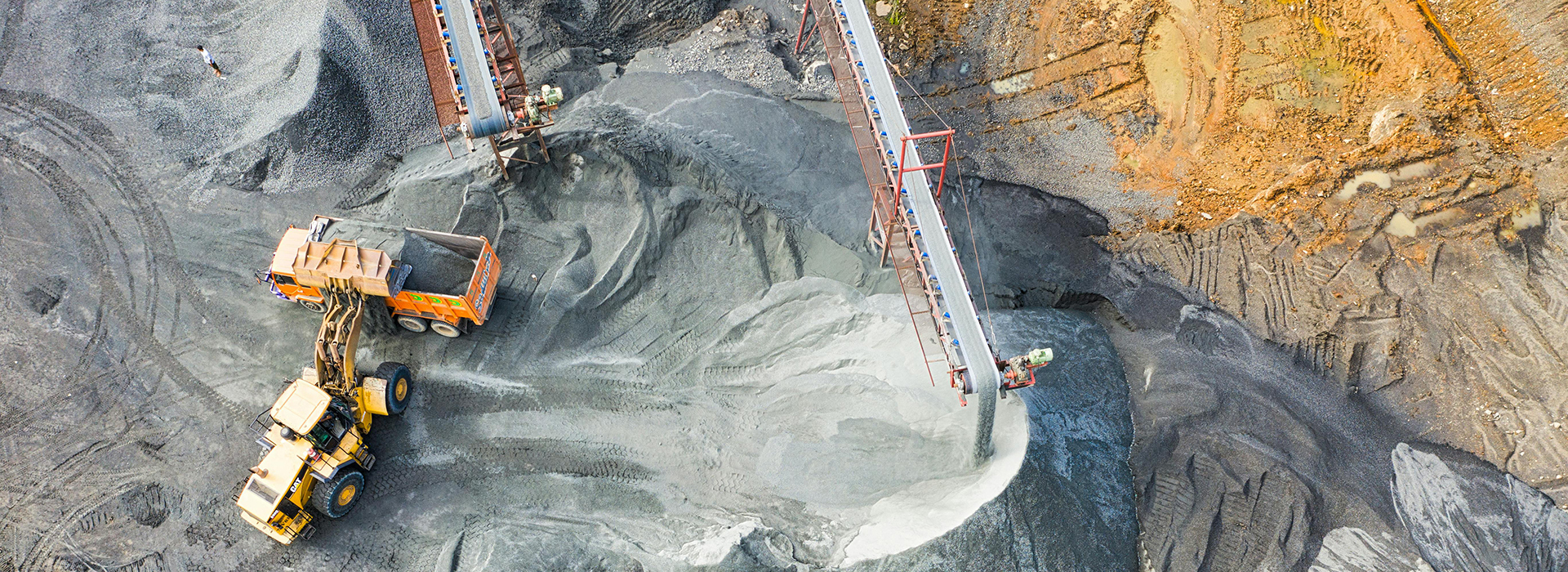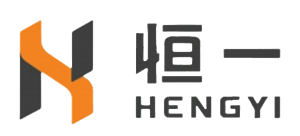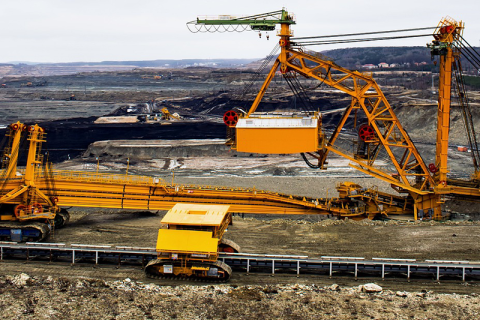
- Home
- >
News
You need to consider several criteria when choosing the best conveyor belt idler for your application. Start by checking technical specifications. Look for details like roller diameter, bearing type, seal type, and load ratings. Make sure your choice meets industry compliance requirements, such as CEMA for general use, MSHA for mining, or FDA for food processing.
Comparing Conveyor Belt Idler Types: You face several choices when selecting an idler for your conveyor system. Each type serves a unique purpose and fits specific application needs. Troughing idlers help maintain the shape of the conveyor belt, which keeps materials secure and reduces spillage. You use impact idlers in loading zones where materials drop onto the belt. These Conveyor Belt Idler's absorb shock and prevent damage to both the belt
What Is a Conveyor Belt Idler You will find a conveyor belt idler as a key component in any conveyor system. It consists of a series of rollers mounted on a frame. Types of Conveyor Belt Idlers: You will encounter several types of conveyor belt idlers in industrial applications. Each type serves a specific purpose and fits different parts of the conveyor system.
Pick a heavy duty rubber conveyor belt when you need strength and long life. These belts are best for moving heavy or rough things. Here are some main ways people use them:
You need something that works for hard jobs. Heavy duty rubber conveyor belt technology is known for being tough and working well in places like mines and factories.
The mining industry faces extremely demanding production environments, placing extremely high demands on conveyor belt performance. Whether operating over long distances, handling heavy loads, or facing high wear and impact, reliable conveyor belts are crucial for ensuring production efficiency and safety. We specialize in providing customized conveyor belt solutions for mining companies, helping them maximize equipment uptime and economic efficiency. Our product offering includes both conventional conveyor belts and specialized conveyor belts for specialized applications.
In modern industrial production, conveyor belt systems play a crucial role. Whether used in mining, chemicals, food processing, or manufacturing, conveyor belt systems help improve production efficiency and ensure materials are transported quickly and safely. To ensure the smooth operation of conveyor belt systems, associated components such as conveyor belt idlers, conveyor belt scraper types, and other key parts are essential. This article explores these key components and their roles in the conveyor belt system, helping businesses select the most suitable equipment.
Demand for conveyor belts is primarily concentrated in the mining, port, metallurgy, power, chemical, and building materials sectors. Industry leaders such as Bi-State Rubber, Cambelt, and SKE Industries continue to lead the industry's technological evolution with innovative hot vulcanization processes, one-piece molding technology, and high-performance materials.
In the mining industry, efficient material handling is key to operational success. One of the most crucial components in any mining process is the mining conveyor belt. Whether you're involved in coal mining, ore extraction, or transporting other materials, having a reliable conveyor system can greatly enhance your productivity. If you're looking for a mining conveyor belt for sale, this guide will help you navigate your options while ensuring you make an informed decision based on your specific needs.
Heavy-duty nylon conveyor belts are widely used in mining, metallurgy, chemicals, power generation, ports, and other heavy industries, playing a crucial role in the transportation of bulk cargo. This article will provide a detailed analysis of the operating speed, conveying angle, capacity, and lifting efficiency of heavy-duty nylon conveyor belts, and provide optimization solutions to help companies improve production efficiency and reduce operating costs.
Due to the harsh working environment underground in coal mines, which contains gas and coal itself is flammable, the primary consideration when selecting a conveyor belt is ensuring safe and stable coal transportation. Underground conveyor belts must be flame-retardant and have obtained safety markings and production licenses.
Generally speaking, for a given Conveyor belt speed, the conveying capacity of a belt conveyor increases with belt width. The conveyor belt must be wide enough to prevent large lumps of bulk and powdered materials from being loaded against the belt edge. Furthermore, the internal dimensions of the feed chute and the distance between the guide troughs must be sufficient to allow mixtures of various particle sizes to pass without clogging.












